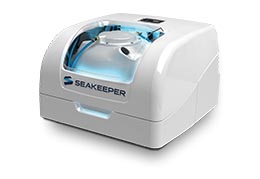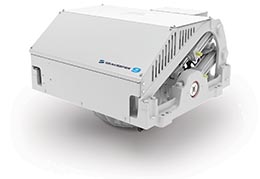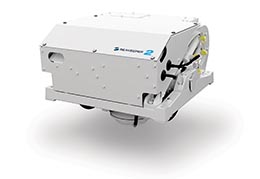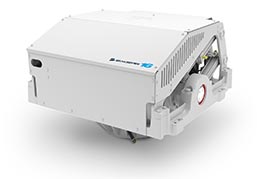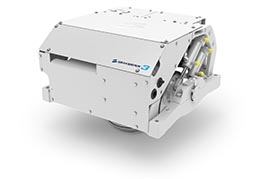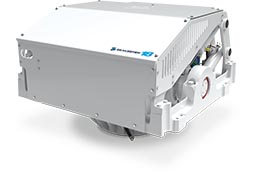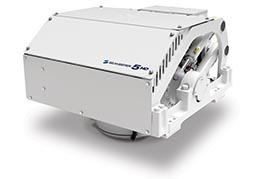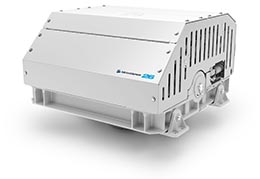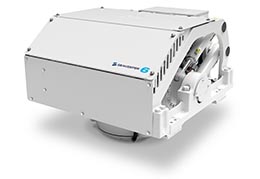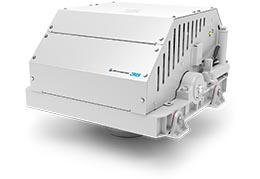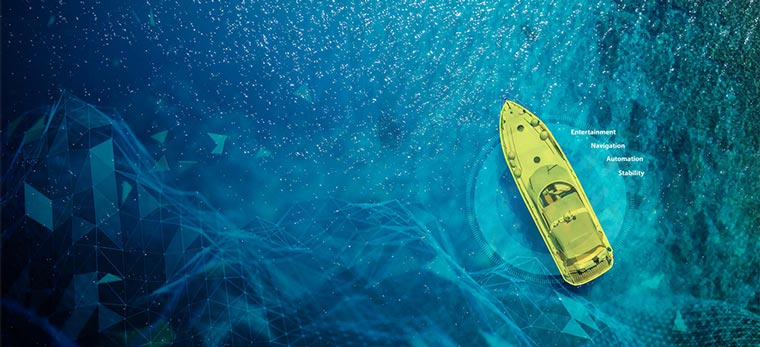Boat stabilizers, including gyro stabilizers, have become increasingly popular in recent times. Thanks to their new, smaller sizes, they’re available for boats as small as 35 feet. This makes the sailing experience a lot more pleasant for some would-be seafarers.
Like any piece of equipment, maintaining and repairing your stabilizer regularly is necessary to keep it going for its full lifespan. So how do you know if your gyro stabilizer needs repair in Fort Lauderdale, FL? How do you maintain them? Read on for some recommendations.
Fins and cylinders
Your fins and cylinders (most stabilizers use one of the two) are crucial to helping stabilize your boat by slowing the roll. Fins and cylinders are designed to spin constantly, even when the boat is at rest. All of that activity can really take a toll on the machinery.
Generally, your stabilizer is going to need the same maintenance that your boat’s engine requires, such as checking fluid levels, lubricating moving parts and replacing filters. These are easy maintenance tasks that you should perform regularly. However, sometimes your stabilizer will require more substantial maintenance and repair tasks.
Check your manufacturer’s manual and warranty to determine what you need to do and when. For example, you might need to replace your fin shaft seals, which usually needs to happen every few years or every several thousand hours (4,000 to 12,000, depending on the manufacturer).
Unless you’re a stabilizer mechanic yourself, you’ll probably want to take yours in for maintenance with an experienced boat mechanic. They will be better equipped to make the appropriate repairs and replacements.
What if you’re between repairs and just want to make sure everything is in working order? As long as you’re regularly checking your stabilizer, use common sense: look for leaks, listen for strange noises and evaluate how your stabilizer is performing. If something seems off, take it in for service.
Hydraulics and impellers
Your hydraulics and impellers need special attention, too. Make sure you check the fluid regularly. “Healthy” hydraulic fluid will be transparent, honey- or amber-colored and have a thin consistency. Over time, however, it will darken and pick up dirt and debris, making it look thicker. When the fluid has too much debris or is simply too old, it will get so hot that it may overheat the tank and bubble. This has far-reaching implications for your stabilizer, since the hydraulic system is meant to keep it cool and functioning properly. If your fluid looks like it needs to be changed, do so even if you seem to be ahead of schedule.
Be sure to check your impellers, since they also work to keep the system cool. If there seems to be a problem, pop open the heat exchanger tank and look to see if there are any apparent issues. If you notice anything, be sure to take it into a reputable mechanic right away.
Starboard Yacht Group LLC can help you with repairing your gyro stabilizer in Fort Lauderdale, FL. Call us today to learn more or book an appointment.

